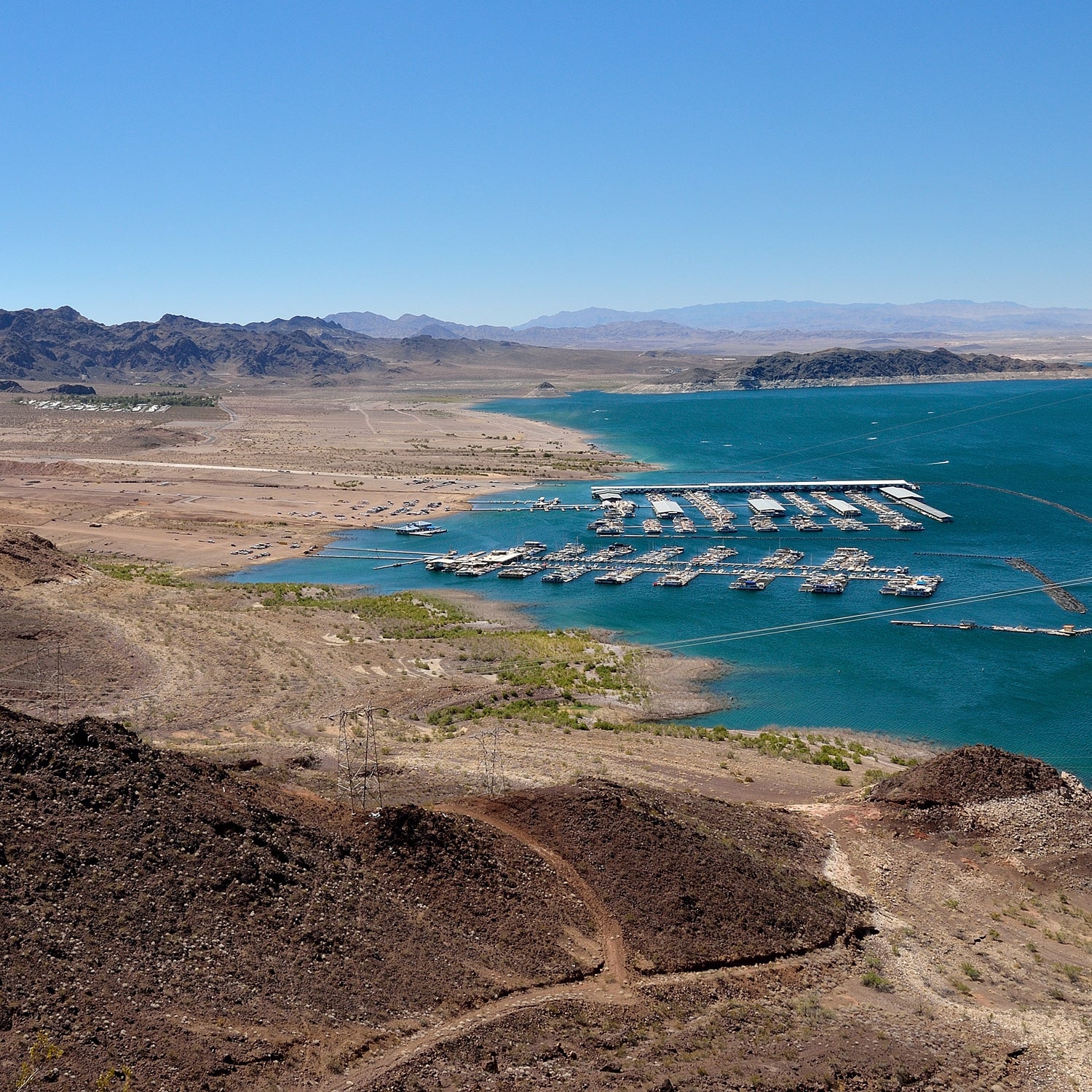Contemplate the western half of the U.S. for a moment. The promised land we once mythologized is, today, an arid landscape made inhabitable only by a vast infrastructure of canals, pipes, and dams.
Faced with an increasing urban population and dwindling snowpack and groundwater, it’s easy to see why much of the West seems to be experiencing a collective freak-out. Earlier this month, California Governor��Jerry Brown imposed water use reductions for the first time in the state’s history. Drought conditions have reduced the Colorado River to a literal trickle in some places where it once gushed. According to the , there are currently more than 52 million people affected by drought in the West. Which is why “,”��an online course from the University of Colorado Boulder, couldn’t have come at a better time.
The free, weekly course is only offered during the month of April. It provides an in-depth look at the history, politics, science, and hot-button issues that face the West as it confronts the harsh reality of water scarcity in the age of climate change. Lectures range from “The Prior Appropriation System,” a discussion about water rights, and “Human Control vs. Natural Variability,” a look at the Grand Canyon experimental flows program, to lessons on ground water resources, agriculture, and hydraulic fracturing—all issues that are playing out in the public debate about water in the West right now. In one exercise, students must determine their water footprint by calculating the amount of water required to generate power for their refrigerator and to produce the gasoline used for their daily commute.
“It’s not just for those people who want to know, ‘How do I get water out of my tap?’ but for those people who think, ‘OK, how do we deal with these problems?’” says Eric Gordon, one of the course instructors and managing director of the , a research program at the university.��
It’s also not only for residents of the western U.S., the instructors say. The West’s geologic and legal complexities make it a useful case study for water advocates around the world. More than 5,000 people have enrolled in the course, and many hail from Asia, Africa, Europe, and South America. Several of these foreign students are water management professionals in their respective home countries and use the course to complement their work. For example, Lyu Tianhui, who tunes in from Shanxi, China, works for a company developing a water diversion project. Another enrollee, Liliana Pimentel, is an urban planner and environmental analyst at the who studies water diplomacy and water management.
The West’s geologic and legal complexities make it a useful case study for water advocates around the world.
The course’s popularity raises the question of whether there’s an imperative to more thoroughly integrate water issues into public education curriculum in the U.S. There certainly is in the West, says , professor and associate vice provost for Education Innovation at the University of Colorado. “From the surliest oil magnate to the Birkenstock-wearing hiker, everyone in Colorado cares about the land,” he says. It’s CU’s duty to be “shepherds of the knowledge of the land.”
The water scarcity has cast every decision about water use in murky morality, the instructors say. For example, in a lecture titled, “Water Storage and Delivery Infrastructure,” an instructor explains that transporting water from the Colorado River to Phoenix involves an enormous amount of electricity provided by the Navajo Generating Station, a coal-fired power plant near Page, Arizona. According to a 2011 , the station ranked as the tenth dirtiest in the nation and emits a high amount of carbon dioxide, a chief contributor to global warming.
Knowledge is the antidote to the apathy that can result from feeling overwhelmed and unequipped to make sense of complex issues that effect water, like climate change and the drought, says Gordon. It’s hard to imagine anyone in California, or the West for that matter, unaware of the drought, yet��many people continue to water their lawns, and golf courses in the state remain plush. “My mission isn’t necessarily to change people’s behavior,” Gordon says, “but hopefully to give them information to make their decisions more thoughtfully.”
I’d like to say that this course has suddenly transformed me into a��latter day John Muir, but in truth I see little room for��improvement in my��daily life.��I��recycle, I commute by bike��as often as possible, and I shower less than my wife would prefer. And��in the areas of my life where a change of behavior could reduce my��water footprint, like forgoing the three-hour winter drive up I-70 in��traffic to go skiing at Vail, I’m simply too selfish to sacrifice.
Still, there is reason for optimism. Betsy Youngman, a��retired middle and high school science teacher of 25 years from Phoenix, who now��develops and writes science curriculum, says that courses like Colorado University's��can make a difference. She relates how her��high school AP environmental science class at Phoenix Country Day��School in Paradise Valley Arizona took direct action as a response to��the lessons they learned in the classroom. She says, “The students��spearheaded a recycling program at the school, found a way to get a��test solar energy station installed on the roof of a building, and��organized Earth Day events.”


